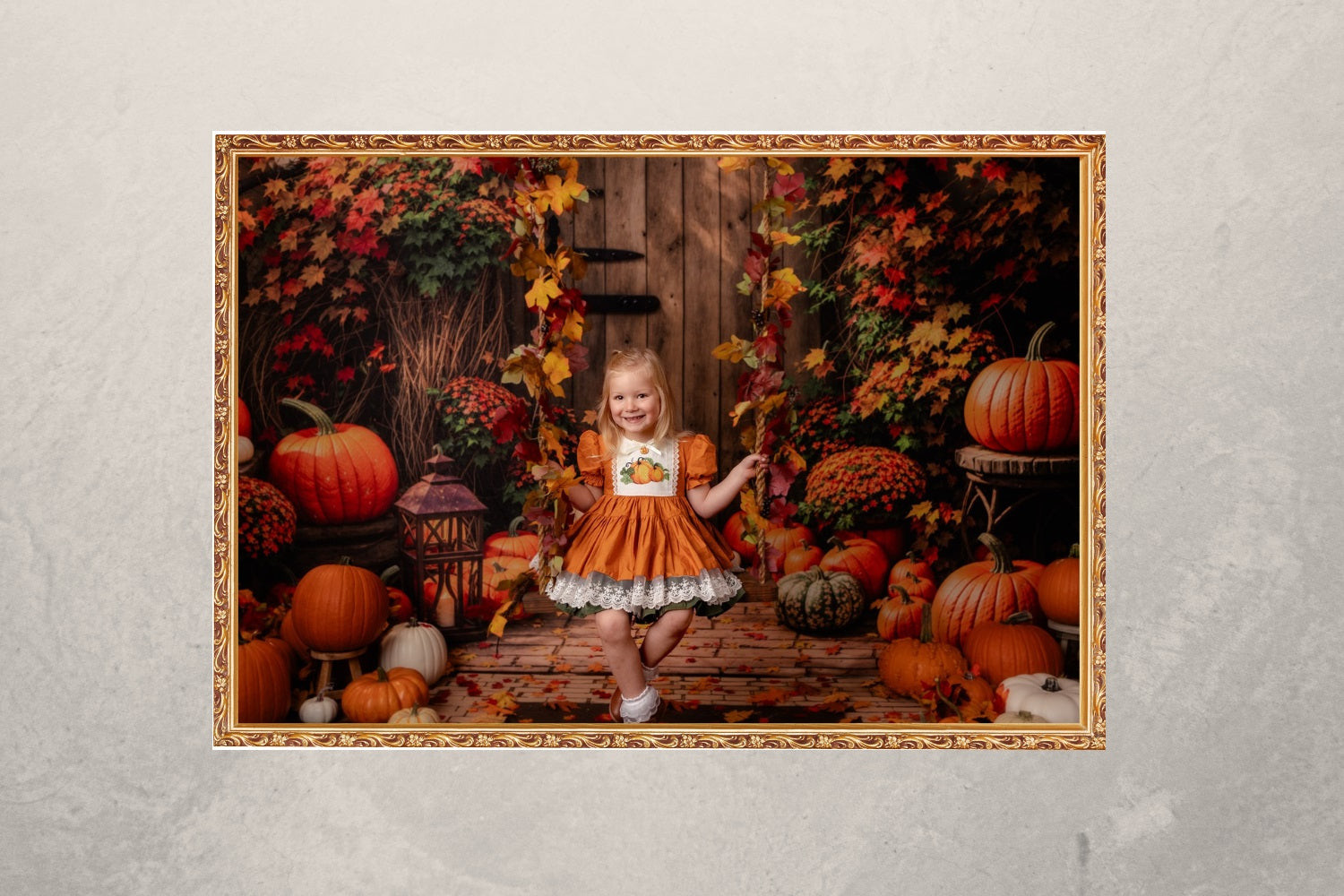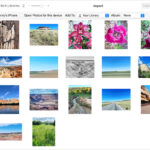Understanding photo sizes is crucial when you’re looking to print, frame, or display your cherished memories or professional work. Among the popular choices, the 8×10 photo size stands out for its versatility and balanced dimensions. If you’ve ever wondered, how big is 8×10 photo exactly, this comprehensive guide will provide you with all the details you need. We’ll explore the dimensions of an 8×10 photo, its aspect ratio, popular uses, and how it compares to other sizes, ensuring you make the best choice for your photographic needs.
Understanding 8×10 Photo Dimensions
Let’s get straight to the point: an 8×10 photo measures 8 inches on its shorter side and 10 inches on its longer side. This rectangular format is a standard in the photography world, offering flexibility in both portrait and landscape orientations.
8×10 Photo Size in Inches and Centimeters
In imperial units, an 8×10 photo is precisely 8 inches by 10 inches. Whether you position it vertically or horizontally, these dimensions remain constant. For those more familiar with the metric system, an 8×10 photo translates to 20.32 centimeters by 25.4 centimeters. This metric conversion provides a precise understanding of the physical size, regardless of your preferred unit of measurement.
Aspect Ratio of 8×10 Photos
The aspect ratio of an 8×10 photo is a key factor in its visual appeal. When oriented vertically (portrait), it presents a 4:5 aspect ratio. This means for every 4 units of width, there are 5 units of height. Conversely, in a horizontal (landscape) orientation, the aspect ratio becomes 5:4, with 5 units of width for every 4 units of height.
Understanding aspect ratio is important because most digital cameras capture images with a 3:2 aspect ratio. This difference means that when you print a standard digital photo in an 8×10 size, some cropping may be necessary to fit the 4:5 or 5:4 ratio. Being mindful of this while composing your shot can help minimize unwanted cropping and preserve your intended image composition.
Why 8×10 Photos are a Popular Choice?
The enduring popularity of the 8×10 photo size stems from its balanced size and versatility. It strikes a perfect middle ground – large enough to showcase significant detail and visual impact, yet manageable enough for various display options. This size is well-suited for both individual and group photos, allowing for clear visibility of facial expressions and background details without overwhelming a space.
Moreover, 8×10 photos are incredibly practical. They are easy to handle, frame, and display in a variety of settings. Whether you’re looking to create a statement piece on a wall or add a personal touch to a desk or shelf, an 8×10 photo fits seamlessly. Its standard size also means frames and mats are readily available and affordable, simplifying the presentation process.
Creative and Practical Uses for 8×10 Photos
The versatility of the 8×10 photo size makes it ideal for a wide array of applications, from personal gifts to professional displays.
Perfect Gifts
An 8×10 photo, especially when framed, makes a thoughtful and personalized gift. Its popularity as a standard frame size means you’ll find a vast selection of 8×10 frames to choose from, ranging from ornate and decorative to sleek and minimalist. The right frame can significantly enhance the emotional impact of the photo, making it a cherished keepsake for birthdays, holidays, or special occasions.
Stunning Wall Displays and Collages
The 8×10 size is perfect for creating visually appealing wall displays and photo collages. An 8×10 photo with a subject that fills the frame can be easily viewed and appreciated from a comfortable distance, typically up to five feet. This makes them ideal for living rooms, hallways, and even art gallery displays. Arranging multiple 8×10 photos together can create a captivating visual narrative on any wall.
Professional Headshots Standard
In the professional world, particularly for actors and models, the 8×10 photo is the industry standard for headshots. This size provides ample space to showcase a clear and detailed representation of the individual, essential for casting and promotional purposes. The 8×10 format is also commonly used for corporate headshots, maintaining a professional and consistent image across various industries.
Event Programs and Promotional Materials
For events and small-scale advertising, 8×10 prints are a practical and effective choice. They are frequently used in event programs, promotional flyers, and posters, offering a size that is large enough to convey information and visual appeal, yet cost-effective for bulk printing.
 an 8×10 photo frame
an 8×10 photo frame
8×10 Photos Compared to Other Photo Sizes
Choosing the right photo size often involves comparing options. Let’s explore the pros and cons of 8×10 photos when placed alongside other common sizes like 4×6 or 5×7.
Advantages of 8×10 Photos
One of the significant advantages of 8×10 photos is the ease of finding frames. Being a standard size, frames for 8×10 photos are widely available in various styles and price points. This simplifies the framing process, whether you prefer a matte border or a full-bleed presentation.
Visually, an 8×10 photo offers better visibility from a distance compared to smaller sizes. Whether hung on a wall or displayed on a shelf, an 8×10 photo makes a statement and draws the eye, making it ideal for showcasing landscapes, portraits, and impactful images.
Disadvantages of 8×10 Photos
While versatile, 8×10 photos may not be the best choice for every purpose. If you’re creating a traditional photo album, 8×10 prints can be cumbersome. While larger albums exist for 8×10 photos or mixed sizes, standard photo albums are typically designed for smaller prints like 4×6.
Cost is another consideration. Printing an 8×10 photo is generally more expensive than smaller sizes like 4×6 or 5×7. However, the price difference is often minimal, especially when considering the increased visual impact of the larger size.
Lastly, the aspect ratio difference between most camera sensors (3:2) and the 8×10 print size (4:5 or 5:4) often necessitates cropping. This might require careful image composition during shooting to minimize loss of important elements when printing at 8×10.
Ideal Subjects for 8×10 Photography
The 8×10 size is remarkably versatile, accommodating a wide range of photographic subjects. It excels particularly with:
- Portraits: Single portraits, family portraits, and group photos benefit from the detail and clarity offered by the 8×10 size.
- Landscapes and Nature: Scenic landscapes, nature shots, and architectural photography are beautifully showcased in 8×10, allowing for immersive viewing.
- Wedding and Event Photography: Wedding party photos and event highlights are often printed in 8×10 to capture key moments with sufficient detail.
- Artistic Prints: Artists and photographers frequently choose 8×10 for prints intended for display, balancing detail and affordability.
In essence, an 8×10 photo is an excellent all-around choice for nearly any subject matter, providing a balance of detail and affordability compared to larger print sizes.
8×10 Photos in the Digital World
In the digital realm, understanding the pixel dimensions of an 8×10 photo is crucial for achieving high-quality prints. Resolution, measured in pixels per inch (ppi), determines the detail and sharpness of your printed photo.
Pixel Dimensions for Different Resolutions
To calculate the pixel dimensions for an 8×10 print, multiply the inch dimensions by the desired ppi:
- 180 ppi: 1440 x 1800 pixels (Acceptable for basic prints)
- 240 ppi: 1920 x 2400 pixels (Recommended for good quality)
- 300 ppi: 2400 x 3000 pixels (Ideal for professional, high-quality prints)
While 240 ppi is generally sufficient for good quality 8×10 prints, 300 ppi is the preferred standard for professional-level sharpness and detail, especially if the photo will be closely viewed or enlarged further.
Best Camera Sensors for High-Quality 8×10 Photos
While you can print 8×10 photos from virtually any digital camera, the sensor size and quality do influence the final print quality. DSLR and mirrorless cameras with larger sensors, particularly those with a 3:2 aspect ratio, are well-suited for producing excellent 8×10 prints.
Although a 3:2 sensor requires cropping to fit the 4:5 aspect ratio of an 8×10 print, these sensors capture more light and detail. Full-frame sensors with higher megapixel counts are especially advantageous, allowing for cropping while retaining significant detail and clarity in the final 8×10 print. Even smartphone cameras can produce acceptable 8×10 prints, but larger sensors generally offer superior image quality, especially in terms of detail, color accuracy, and low-light performance.
Step-by-Step Guide: Resizing Your Photos to 8×10
Resizing your photos to 8×10 for optimal printing is a straightforward process with photo editing software. Programs like Adobe Photoshop, Lightroom, GIMP, Affinity Photo, and online tools like Canva, Fotor, and Pixlr offer user-friendly resizing options.
Typically, the process involves:
- Opening your image in the software.
- Accessing the “Image Size” or “Resize” dialog.
- Setting the dimensions to 8 inches by 10 inches, or the corresponding pixel dimensions (e.g., 2400 x 3000 pixels for 300 ppi). Ensure the resolution is set to 240 or 300 ppi for printing.
- Choosing the resampling method (often “Bicubic Sharper” for downsizing).
- Saving the resized image, usually as a high-quality JPEG file.
Most software allows you to maintain aspect ratio or adjust it as needed, giving you control over cropping and composition during the resizing process.
Printing Your 8×10 Photos: Options and Quality
When it comes to printing your 8×10 photos, you have several options, each with varying levels of quality and convenience.
Home Printing
Printing 8×10 photos at home is feasible with an inkjet printer and photo paper. For best results:
- Use photo paper designed for inkjet printers.
- Set your printer to the highest quality print settings.
- Ensure your resized image is at 240 or 300 ppi.
- Check color calibration on your printer for accurate color reproduction.
- You may need to adjust print settings to match the 8×10 paper size and minimize borders.
Home printing offers immediate results but can be more expensive per print and may not match the quality of professional services, especially for color accuracy and longevity.
Local Print Services
Local print services, including some drugstores like Walmart, CVS, or Walgreens, offer convenient 8×10 photo printing. You can often upload photos online and pick them up in-store, or have them shipped to you. While convenient and affordable, the print quality from these services is often basic and may not be ideal for display-quality prints.
Professional Online Print Services
For the highest quality 8×10 photo prints, professional online print services are the recommended choice. Services like MPix specialize in photo printing and offer superior quality paper, color accuracy, and longevity.
While slightly more expensive, professional services provide:
- Higher quality prints with better color accuracy and detail.
- Archival-quality papers for long-lasting prints.
- Options for different paper finishes (glossy, matte, luster).
- Careful handling and packaging to ensure prints arrive in perfect condition.
Professional online services are particularly worthwhile if you are printing photos for framing, display, or as gifts where quality is paramount.
Conclusion
Understanding how big is 8×10 photo is just the starting point. The 8×10 photo size is a versatile and popular choice for a multitude of reasons. Its balanced dimensions, ease of framing, and suitability for various subjects make it a go-to size for both personal and professional photography. Whether you’re printing family portraits, artistic landscapes, or professional headshots, the 8×10 photo offers a perfect blend of visual impact and practicality. By considering its dimensions, aspect ratio, and best uses, you can confidently choose the 8×10 size to showcase your photographic work at its finest.

